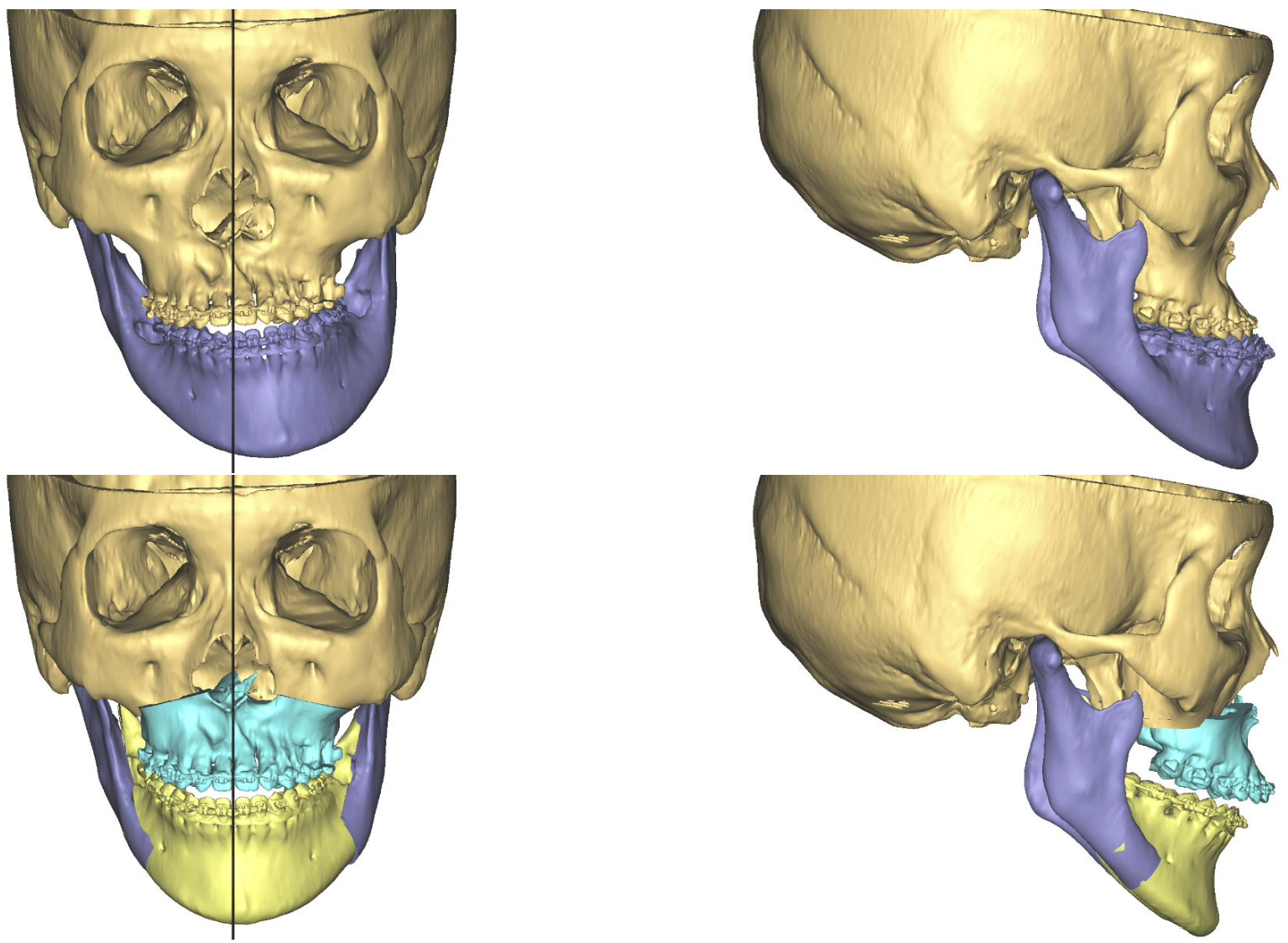Volume 3, Issue 4
Displaying 1-7 of 7 articles from this issue
- |<
- <
- 1
- >
- >|
Original Research
-
2024 Volume 3 Issue 4 Pages 138-141
Published: October 27, 2024
Released on J-STAGE: October 27, 2024
Advance online publication: April 06, 2024Download PDF (312K) -
2024 Volume 3 Issue 4 Pages 142-150
Published: October 27, 2024
Released on J-STAGE: October 27, 2024
Advance online publication: May 10, 2024Download PDF (693K) -
2024 Volume 3 Issue 4 Pages 151-156
Published: October 27, 2024
Released on J-STAGE: October 27, 2024
Advance online publication: August 23, 2024Download PDF (573K) -
2024 Volume 3 Issue 4 Pages 157-164
Published: October 27, 2024
Released on J-STAGE: October 27, 2024
Advance online publication: May 10, 2024Download PDF (600K)
Case Report
-
2024 Volume 3 Issue 4 Pages 165-167
Published: October 27, 2024
Released on J-STAGE: October 27, 2024
Advance online publication: July 05, 2024Download PDF (520K) -
2024 Volume 3 Issue 4 Pages 168-174
Published: October 27, 2024
Released on J-STAGE: October 27, 2024
Advance online publication: April 06, 2024Download PDF (930K) -
2024 Volume 3 Issue 4 Pages 175-178
Published: October 27, 2024
Released on J-STAGE: October 27, 2024
Advance online publication: June 07, 2024Download PDF (797K)
- |<
- <
- 1
- >
- >|







